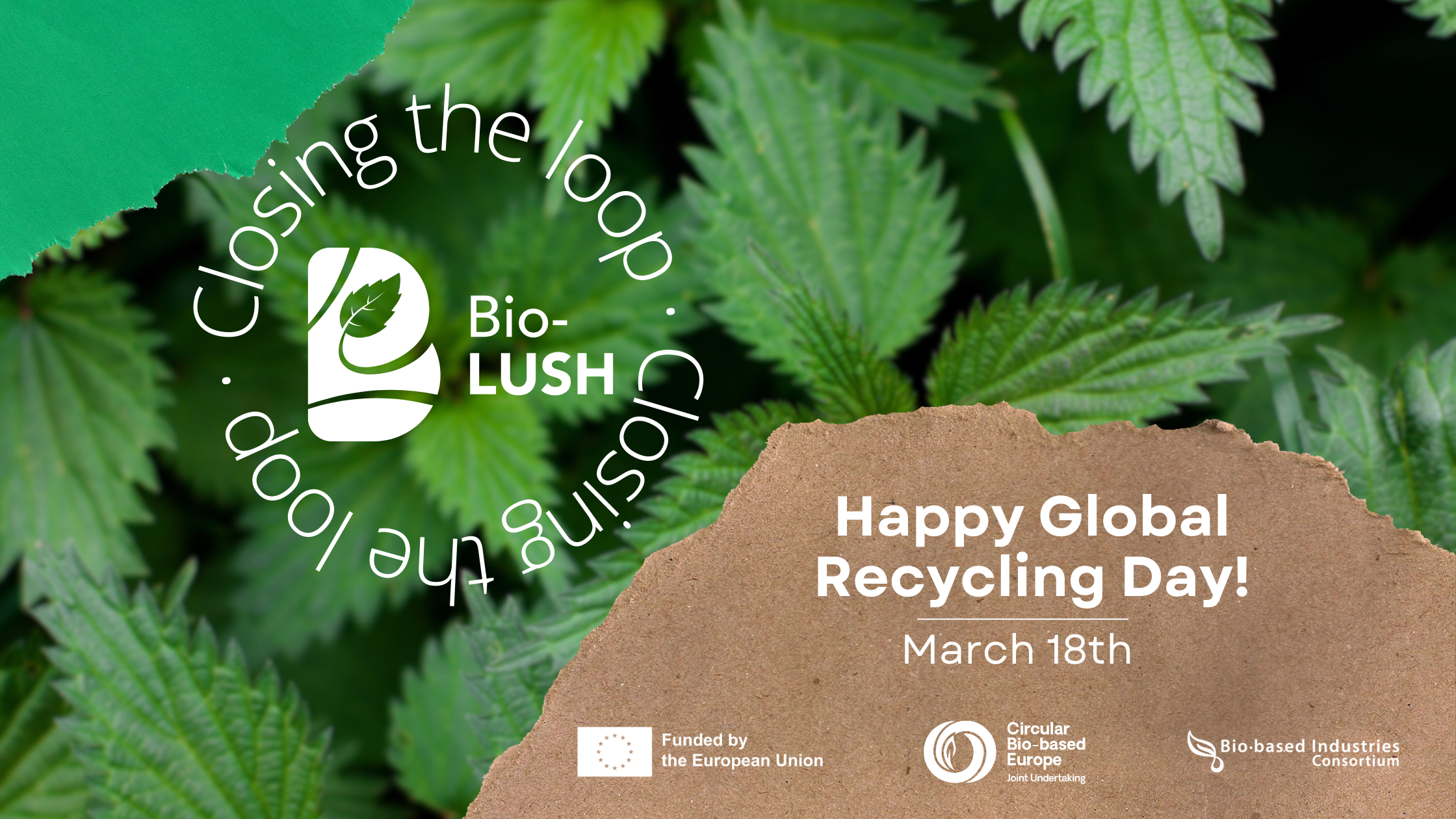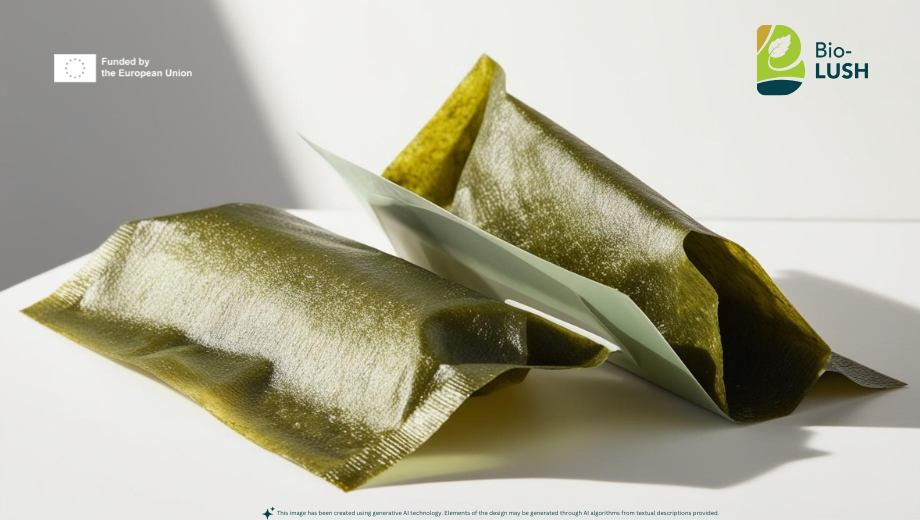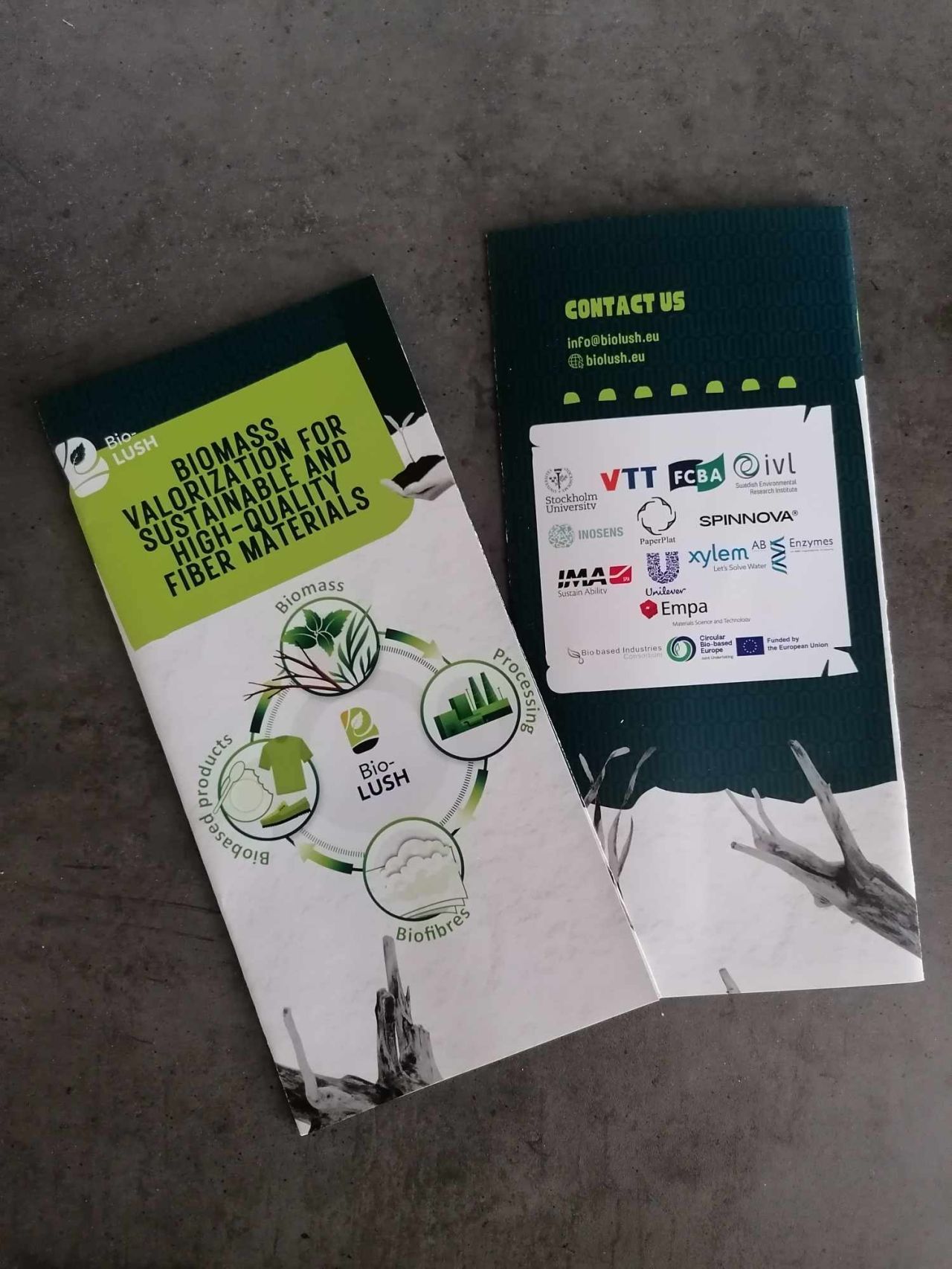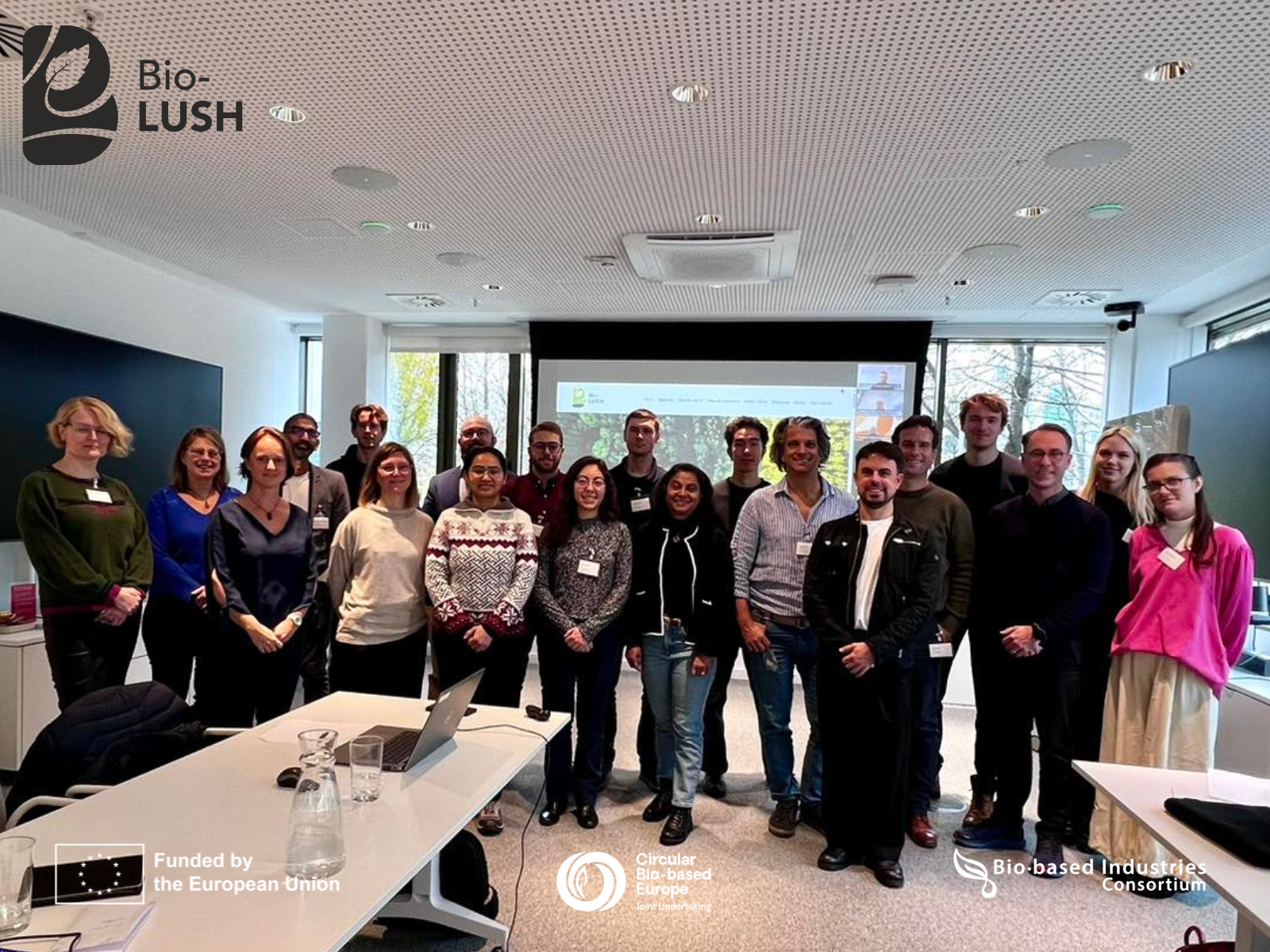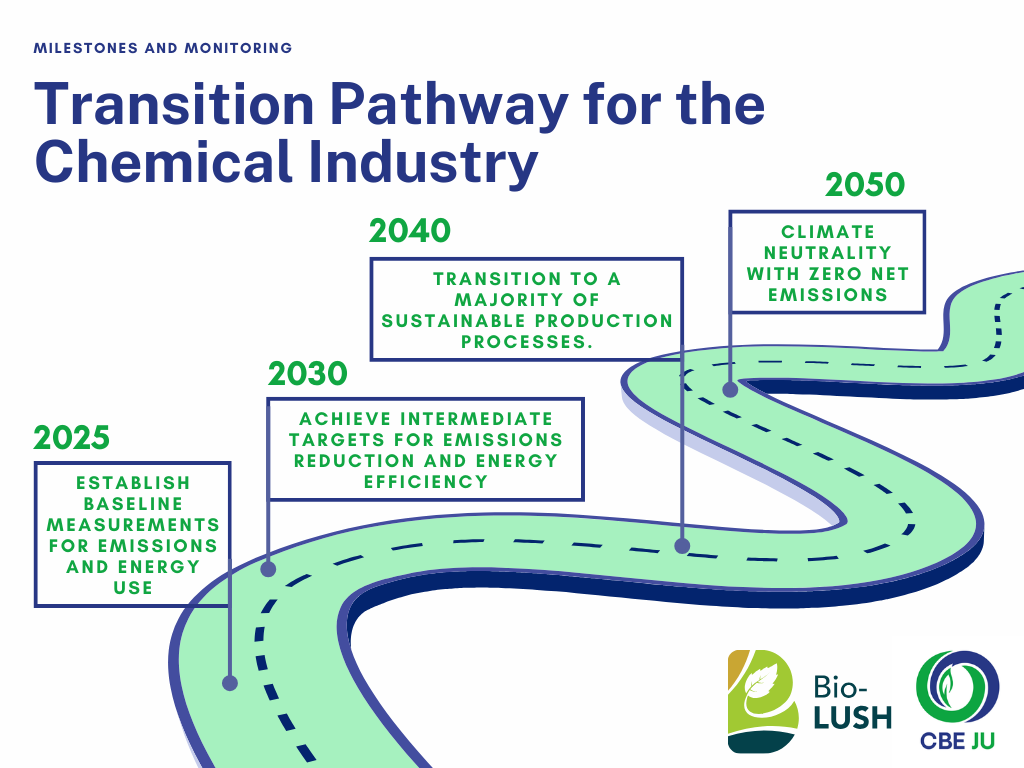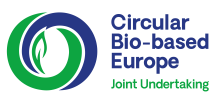In a landmark decision aimed at fostering environmental sustainability, the European Union has introduced a novel framework to set ecodesign requirements for products. The Ecodesign for Sustainable Products Regulation (ESPR), which entered into force on 18 July 2024, amends Directive (EU) 2020/1828 and Regulation (EU) 2023/1542 while repealing Directive 2009/125/EC, mark a climactic shift in the EU’s approach to product design and environmental impact.
A New Era for Product Design
The European Union’s updated framework represents a significant shift in product design standards, with a clear and focused emphasis on sustainability. This overhaul introduces concrete new requirements for manufacturers, mandating that products achieve higher levels of energy efficiency, utilize materials that minimize environmental impact, and incorporate features that facilitate recycling and reuse.
Under the new regulations, products will be required to meet stringent energy performance criteria, reducing their operational carbon footprint. Additionally, the framework enforces standards for the use of eco-friendly materials and designs that enhance product longevity and recyclability. For example, manufacturers will need to design products that are easier to disassemble and recycle, thereby reducing waste and promoting a circular economy.
The regulation may prioritize categories such as textiles, furniture, tyres, and electronics.
This set of measures aims to enhance the repairability, recyclability, and circularity of products by emphasizing design criteria. Targeting the design phase is crucial, as it can influence up to 80% of a product’s overall environmental impact (source: “The EU’s New Regulation to Make Products More Sustainable: What’s Changing.” Euronews, 18 July 2024, https://www.euronews.com/green/2024/07/18/the-eus-new-regulation-to-make-products-more-sustainable-whats-changing) .
What’s at Stake?
For consumers, this means more sustainable choices and a reduction in the environmental impact of everyday products. Monique Goyens, director general of BEUC, said, “These new rules will finally make longer lasting and resource-efficient products the new normal. This is great news as consumer organisations have been flagging over the years countless complaints of short-lived phones, TV screens and many other products most of us own” (source: “Deal on New Ecodesign Rules to Make EU Products Greener, Easier to Repair.” Euractiv, 17 July 2024, https://www.euractiv.com/section/circular-economy/news/deal-on-new-ecodesign-rules-to-make-eu-products-greener-easier-to-repair/).
For manufacturers, it represents a significant shift in compliance requirements, necessitating innovation and adaptation to meet the new standards. The framework seeks to streamline and enhance the ecodesign process, ensuring that all products contribute to a greener future.
Industry Response
The new regulations have been met with a mix of anticipation and challenge. Industry leaders acknowledge the necessity of the changes but highlight the need for clear guidelines and support to navigate the transition.
Looking Ahead
The European Commission has committed to working closely with industry stakeholders to address concerns and facilitate a smooth transition. The success of the Ecodesign for Sustainable Products Regulation will depend on how well all parties adapt to the new requirements and leverage the opportunities for innovation that they present.
With the inclusion of the Digital Product Passport, the EU is not only setting high standards for product sustainability but also enhancing transparency and consumer empowerment. This regulation sets a new benchmark for environmental responsibility and aims to inspire global efforts towards more sustainable product design.
More information is available at Ecodesign for Sustainable Products Regulation.

